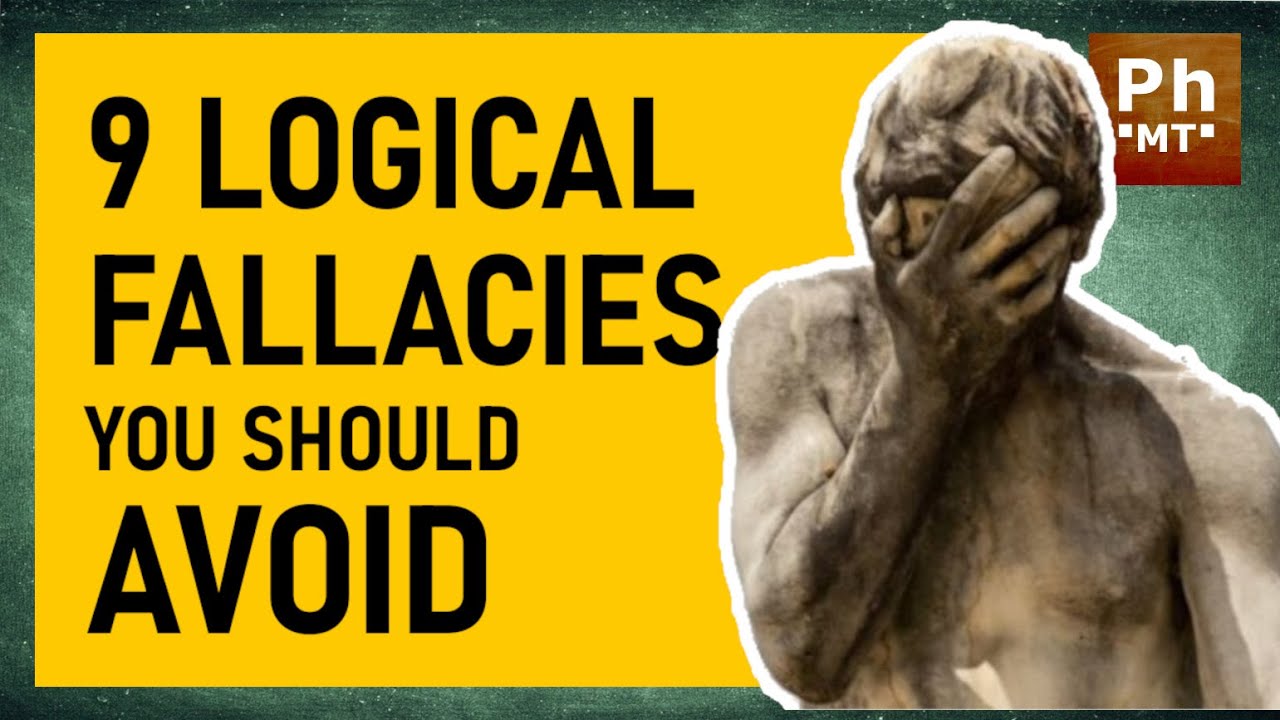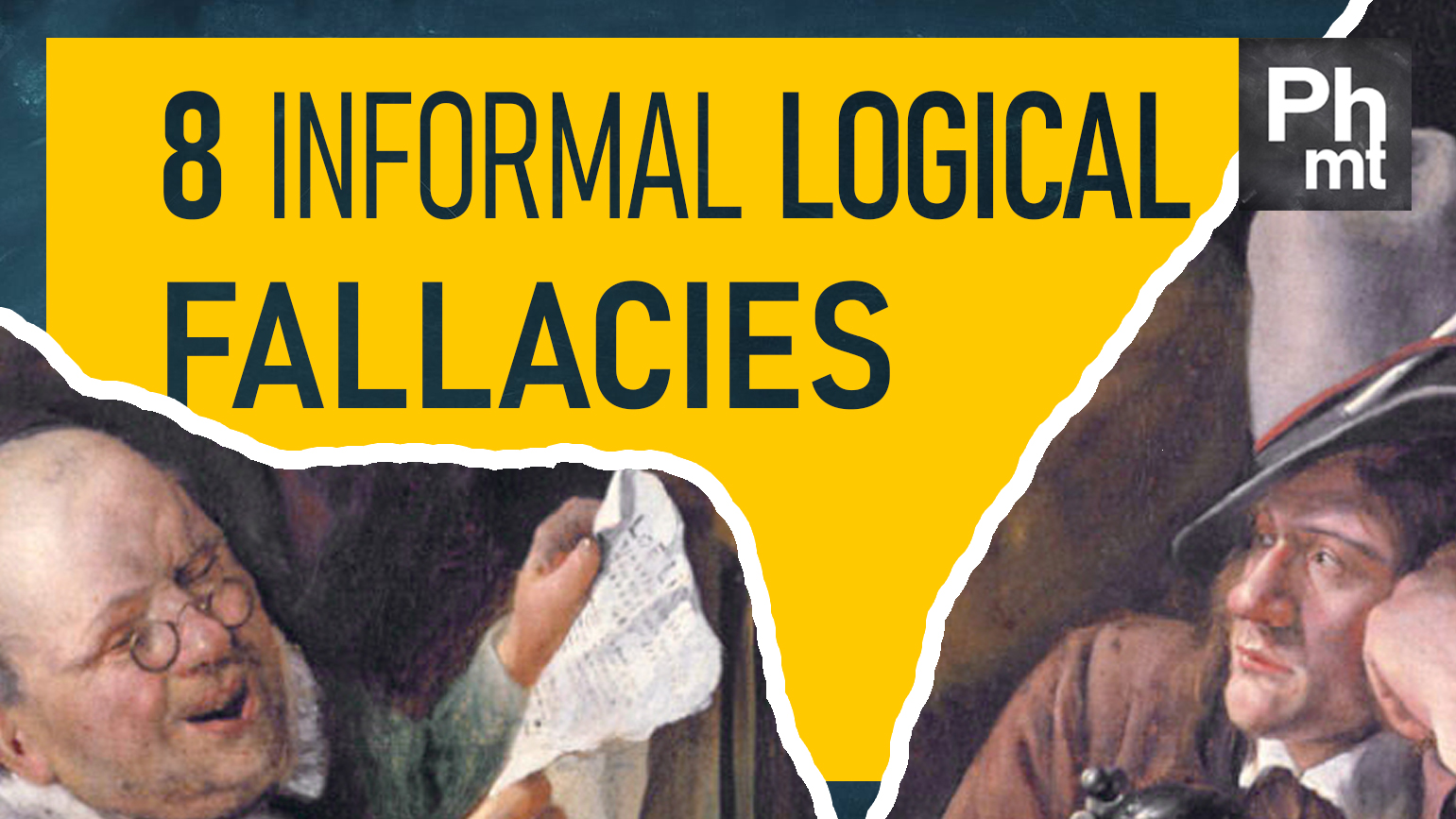The logical fallacies of Donald Trump (with video)
The speech below was given by US President Donald Trump at a rally in Johnstown, Pennsylvania, USA, on October 13, 2020.
[Edit] This was part of his campaign trail for the 2020 US presidential election. This article was written the day after the speech was given. [End of edit.]
Logical fallacies are mistakes in reasoning and not always unintentional. The excerpt below shows how Trump uses logical fallacies to grip his audience.
I chose this particular speech arbitrarily. It happened to be the most recent one given by President Trump, whom I also, somehow, chose arbitrarily. I did this exercise for kicks.
The speech was over an hour long. This time round I am only tackling the opening paragraph (hence, overture). You can find the source and full text of this transcript here. Feel free to take on the rest and share your thoughts.
A short guide
I am using random, different colours to highlight different instances of logical fallacies. May I point out that politicians all over the world, regardless of party, have a tendency to indulge in such fallacies. I may, in the future, publish more such analyses.
I am reproducing the President’s opening paragraph twice. The first time, in full for your uninterrupted reading pleasure. The second time includes my comments. Some statements fall under more than one fallacy. I took the completely arbitrary decision to limit myself to one fallacy per proposition, for brevity’s and clarity’s sake.
I did not request permission to use the text below, based on fair usage as follows:
- criticism,
- research,
- scholarship, and
- teaching purposes.
Now without further ado…
“Hello, Johnstown! Thank you very much! This is going to be a great evening! Incredible to be back in Pennsylvania, the proud home of American independence, the American constitution and American freedom. That’s true. Huh? What a history! And 21 days days from now, we’re going to win the Commonwealth of Pennsylvania and we’re going to win four more years in the White House. This election is a simple choice. If Biden wins, China wins, all these other countries win. We get ripped off by everybody. If we win, you win, Pennsylvania wins and America wins, very simple. For years, the selfish and corrupt political class betrayed the people of Pennsylvania, you know that, and the people of our country. Career politicians like Joe Biden lied to you. I don’t think he knew he was even lying. You want to know the truth. He’s gone. He’s shot folks. I hate to tell you, he’s shot.“
– End of the speech’s paragraph 1 of 95 –
Keep reading for the fallacies.
The fallacies in the speech of Donald Trump
“Hello, Johnstown! Thank you very much! This is going to be a great evening! Incredible to be back in Pennsylvania, the proud home of American independence, the American constitution and American freedom. That’s true. Huh? What a history!”…
1. Argument to the future fallacy
…”And 21 days days from now, we’re going to win the Commonwealth of Pennsylvania and we’re going to win four more years in the White House.“…
The fallacy
Also known as escape to the future, the statement above is an argument to the future fallacy because current poll evidence* (as of October 14) contradicts a Trump victory.
* CNN
* BBC News
* Fox News
* The Guardian
The structure of the fallacy
There is currently no evidence that x.
In the future, there will be evidence that x.
Therefore, x is true.
2. False dichotomy
…”This election is a simple choice.“…
The fallacy
Also known as false choice or false dilemma, the statement above sets the stage for the two polar propositions that follow (see 3. and 4.). It is an example of black-and-white thinking. The options are presented as fundamentally mutually exclusive. Option g is presented as entirely good and option b as entirely bad or evil.
Another example of false dichotomy is the expression, “Either with us or against us.”
The structure of the fallacy
The only choice is between extreme x and extreme y.
3. Slippery slope
…”If Biden wins, China wins, all these other countries win. We get ripped off by everybody.“…
The fallacy
In this case, Trump is using the slippery slope fallacy as a form of appeal to emotion, which would also be a fallacy. Slippery slope occurs when the speaker claims that a series of improbable, incrementally bad events will necessarily follow an initial event. We have no reason to believe that if Biden wins, the USA would get ripped off by “everybody.”
Biden wins < China wins < all these other countries win < we get ripped off by everybody.
The structure of the fallacy
If w then x; if x then y; if y then z.
Z would be an outright catastrophe.
4. Toehold fallacy
…”If we win, you win, Pennsylvania wins and America wins, very simple.“…
The fallacy
Very similar to slippery slope, except that in this case the speakers claims a series of incrementally good events.
We win < you win < Pennsylvania wins < America wins
The structure of the fallacy
If w then x; if x then y; if y then z.
Z would be an outright blessing.
5. Faulty generalisation
…”For years, the selfish and corrupt political class betrayed the people of Pennsylvania, you know that, and the people of our country.“…
The fallacy
Also known as hasty generalisation or over-generalisation fallacy. This happens when the speaker applies some belief about singular instances to a larger population of instances. Here, Trump seems to be calling the political class “selfish and corrupt.”
The structure of the fallacy
Some instances of x have attribute y.
Therefore, all x have attribute y.
6. Ad hominem (first instance)
…”Career politicians like Joe Biden lied to you.“…
The fallacy
Read about ad hominem here.
Here, Trump is intentionally associating career politicians (i.e. full-time politicians) with lying. By associated extension, he is calling Joe Biden a liar, using the abusive form of against the man to imply he is not fit for the presidency.
7. Self-contradiction
…”I don’t think he knew he was even lying.“…
The fallacy
A self-contradicting proposition is one from which no logical conclusion can be drawn, because the proposition contradicts itself.
It is worth noting the difference between lying and saying untrue things. Lying entails the intention to communicate something that is not true. If there is intention, there is knowledge; therefore, one has to know that they are lying.
On the other hand, one can say untrue things without lying. An example of this would be a child asserting the existence of Santa Claus (who, for the record, doesn’t exist, although it may be argued that he is real. More on this in a future post.)
To speak of “unintentional lying” is to say an oxymoron.
The structure of the fallacy
X and not x concurrently.
8. Ad hominem (second instance)
…”You want to know the truth. He’s gone. He’s shot folks. I hate to tell you, he’s shot.“…
The fallacy
Once again, read about ad hominem here.
Here, Trump seems to be trying to associate his rival with undesirable connotations, possibly mental health or senility issues (“gone”) and substance abuse (“shot.”)
The logical fallacies in Donald Trump’s speeches are make an interesting case study. Understanding these fallacies is crucial to being able to identify when they are being used to manipulate and deceive audiences. Here are a few books that can help you sharpen your skills in recognizing and avoiding logical fallacies in public speaking:
These books give a better understanding of logical fallacies and the ways in which they can be used in public speaking, and develop the skills to identify and avoid them. Whether you are a politician, a business leader, or simply someone who wants to become a more effective communicator, understanding the power of logic and the dangers of fallacious reasoning is essential.





Pingback: Philosophy through Don’t Look Up: Inappropriate authority, democracy, and Plato – PhilosophyMT